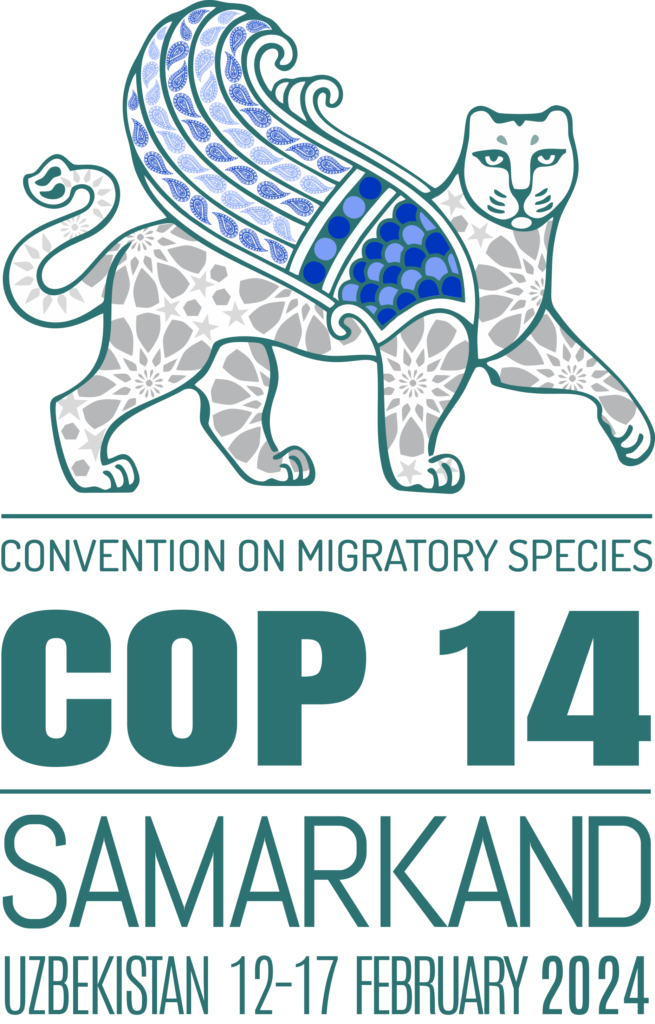The protection of migratory birds is a tricky endeavor: it is not enough for them to be protected in the summering (breeding) grounds and wintering grounds, but many species of birds, who do not travel non-stop, need stop-over sites to re-gain energy they loose by flying. These birds include, among others, stork, geese, swans, ducks and many other species. While often, though not always, summering and wintering grounds as well as important stop-over sites are protected, this might not even be enough. Recently, the Convention on Biological Diversity (CBD) introduced the category of “OECM”, other effective area-based conservation measures, for those areas not covered by protection, but still important. For Korea, this is very relevant, since an overwhelming part of its birds, up to 90 percent, are migratory, due to the stark climate differences in summer and winter. Therefore, the protection of migratory birds is here especially relevant. In East Asia, the East Asian Australasian Flyway partnership (EAAFP) since 2009 tries to cooperate and coordinate protection efforts for birds and their habitats.
From February 11 to 17, the 14th Convention of the Parties of the United Nations Convention on Migratory Species took place in Samarkand, Uzbekistan. Around 1300 policy makers, conservationists and scientists discussed in plenaries and a multitude of working groups and side events the status and policies for protection of migratory species and habitats worldwide. Among the important topics discussed was the institutional strengthening, after two decades of discussion of the Central Asian Flyway (CAF) initiative. The CAF is the neighboring and overlapping flyway to the EAAFP. Hopefully, both can achieve a lot for more effectively protecting birds in the region.
Hanns-Seidel-Foundation Korea team, including Dr. Bernhard Seliger and Dr. Hyun-Ah Choi, both life-time Birds Korea members, together with their colleague Minjae Baek as well as Felix Glenk (Mongolia), Javkhar Dustov (Uzbekistan) and Dr. Max Meier (Central Asia) for the first time came to the CMS conference to discuss effective protection of birds in both flyways. They also organized, in close cooperation with Spike Millington of the International Crane Foundation, a whole-day pre-event on cooperation among flyways worldwide, in which prominent speakers of all flyways worldwide discussed cooperation. This was the first major inter-flyways conference after the Global Interflyway Network meeting in South Korea in 2011 which resulted in the publication “Waterbird Flyway Initiatives: Outcomes of the 2011 Global Waterbird Flyways Workshop”. Participants agreed that more regular convening flyways experts would help to craft better and more effective strategies. In several decades of work on flyways, already many working and non-working strategies have been found out, but rarely communicated beyond the borders of each flyway.
In a side event with ICLEI, the Local Governments for Sustainability, a global network working with more than 2500 local and regional governments committed to sustainable urban development, Dr. Seliger discussed the contribution of Korean urban areas for conservation of migratory birds – many protected areas, like Bamseom in Seoul, or Namdong reservoir in Incheon, are sometimes in the center of urban agglomerations, with a surprising biodiversity.
Other decisions with a potential impact on Korea are a strengthened mandate on tackling bycatch and aquatic wild meat; we recently could see that bycatch in fisheries is still a problem in Korea, too; the expansion and reinforcement of the prevention of illegal killing, taking, and trade of migratory birds with a call for strengthening the recently created Asia-Pacific Intergovernmental Task Force and agreement on the launch of a new Task Force in Southwest Asia, based on the successful model of the Task Force in the Mediterranean region, and finally, on a global level, as a direct and immediate response to some of the key recommendations from the flagship CMS report, “The State of the World’s Migratory Species,” a new Global Partnership on Ecological Connectivity (GPEC), which was launched during a special event of COP14. This alliance aims to ensure that ecological connectivity is maintained, enhanced, and restored in critical areas for migratory species. The issue of landbird protection, which includes important species like the yellow-breasted bunting and many other bunting species in decline, was not directly tackled, but was noted under the discussion of the “State of the World´s Migratory Species”.
Certainly, not too much can be expected from large meeting like these; there are a lot of good intentions, but the implementation is sometimes dubious. But, to discuss challenges which are our joint responsibility is good, and learning from each other is also very important. The organization by Uzbekistan was all in all very impressive. Samarkand is a very old and prominent city on the silk road, formerly center of government and place, where a veritable renaissance, the salvage of antique Greek philosophy by enlightened Muslim scholars, took place – and the schedule with the pre-event allowed to get a glimpse on the fascinating bird world of Uzbekistan in Zarafshan National Park on the outskirts of Samarkand.

Logo of COP 14

The Inter-Flyways Workshop on February 9 brought together leading experts on the world´s flyways to exchange ideas and improve the effectiveness of the protection of migratory birds and their habitats.

For six days, around 1300 specialists discussed improvements in the protection of migratory species.

Birding in Zarafshan National Park

A happy birder in Afrosiab, the archeological park, where 4500 years ago the old city, precursor of Samarkand, was located, and today a great habitat for owls, wallcreepers and other birds.

The Chukar (Alectoris chukar), an Uzbek partridge.

Little Owl (Athene Noctua).
